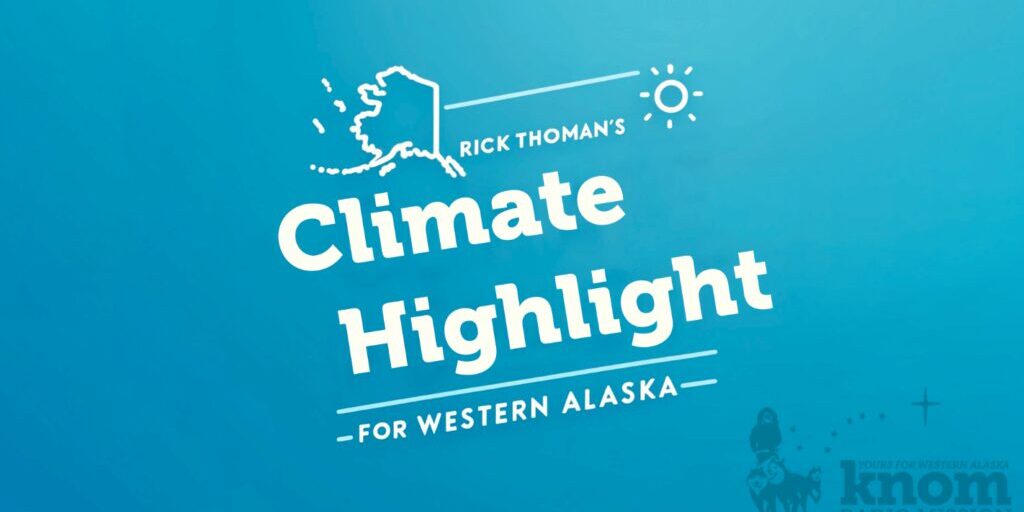The following is a transcript from Rick Thoman’s weekly “Climate Highlight for Western Alaska” provided to KNOM Radio. Thoman is a Climate Specialist with the Alaska Center for Climate Assessment and Policy at the University of Alaska Fairbanks.
June was slightly warmer but much drier than normal in Nome and most of the Seward Peninsula. It was a different story in the Bering Strait and on St. Lawrence Island, where the month was cooler than normal.
At Nome Airport the average temperature for June was 50 degrees, and that’s three and a half degrees milder than June last year. The high temperature for the month was 77 degrees and it reached 70 on four days. Out at Dexter there were seven days that reached into the 70s.
The lowest temperature in June was 31 on the 3rd and 4th. Rainfall at the airport totaled less than a quarter inch, and this was the lowest June total since 2000.
Even more remarkably, only three days had enough rain to fully wet the ground. That is the fewest such days in June since 1964.
There was some haze from the 7,000 acre Goldbug Fire early in the month, but unlike some recent Junes there was no snow in town.




